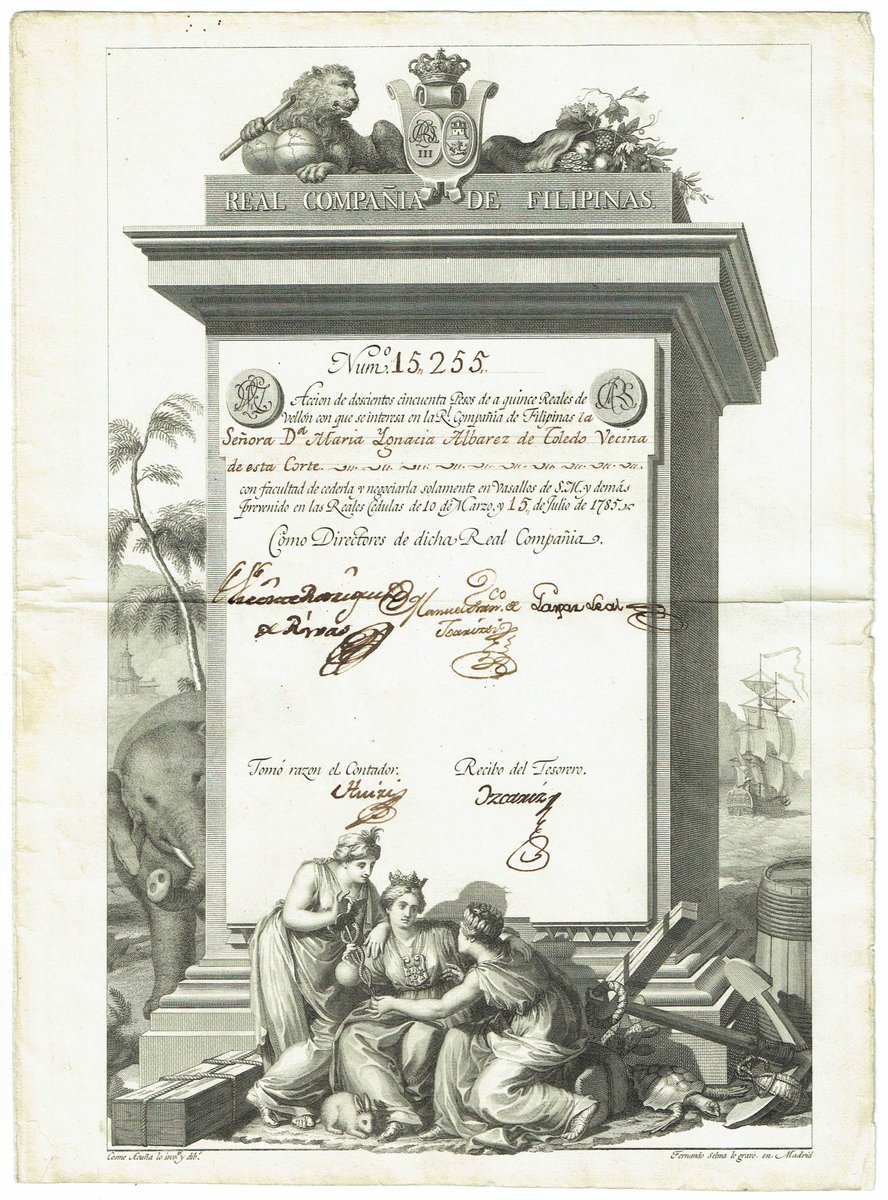
#TodayinHistory in 1901, at the town plaza of #Balangiga, Samar #PH, Company C of the U.S. 9th Infantry Regiment was ambushed by the Filipino townspeople for the abuses on them. This would be known as the Balangiga Massacre. The Americans would retaliate excessively. THREAD. 



The 1st #PH Republic, the 1st republic in Asia, capitulated when the Americans captured Pres. Emilio Aguinaldo at Palanan, Isabela on March 1901. Following the capture, prominent Filipino generals surrendered one by one as the PH-US War came to an end.
https://twitter.com/indiohistorian/status/1506551618958815232?s=20&t=Ar1_nyFjhF0dt9AJncb-yA
Meanwhile, the Company C of the 9th U.S. Infantry Regiment, who also fought in the capture of Manila from the Spaniards in 1898, was assigned to a small town in Samar, called Balangiga, and having arrived there in August 1901, engaged w/ the locals.
On 22 Sept in Balangiga, 2 drunk US soldiers tried to molest a girl. She was rescued by her 2 brothers. The 2 bros mauled the soldiers. In response, the Captain of the Company C employed forced labor on 143 Filipino men in the town, detained them, & confiscated their properties.
With this injustice done to them, the townspeople plotted against the Americans. On 27 Sept, there was a town fiesta in Balangiga. 50 men disguised as women led the afternoon religious procession. Meanwhile, at midnight, women & children were instructed to leave the town.
#OnThisDay in 1901, at 6 am, the Americans went back to their barracks for breakfast, when Valeriano Abanador, town chief, grabbed a gun & shot a soldier. The 3 church bells tolled signaling the ambush on the soldiers. They were hacked to death. 

Of the 74 U.S. soldiers, 34 survived, 8 of whom died of wounds. Of the Balangiga men who took part in the conspiracy, 28 were killed. American survivors fled to Basey, Samar & Tolosa, Leyte via 5 boats (2 were capsized). Some of the townspeople returned to bury their dead. 

U.S. Gen. Jacob Smith, having been assigned in Samar, ordered his command to "kill everyone over the age of 10," & burn every town capable of resistance. Smith told Maj. Littleton Waller that “I want no prisoners” & that Samar must be turned into “a howling wilderness.” 

Smith’s orders resulted in an indiscriminate killing in southern Samar by the thousands for 6 months. Many who weren't killed were put in "protective zones" (concentration camps) where Filipinos died of starvation. The atrocities alarmed the press, & American public was outraged.
US Congress held a hearing on the issue. Smith was arrested, court-martialed, & convicted. However, others in his command escaped accountability, as the American public turned its attention to the elections.
The Balangiga bells, kept as war trophies for 117 years, were finally repatriated to #PH on 11 Dec 2018 by virtue of the U.S. National Defense Authorization Act of 2018, thanks to the efforts of historians & advocates from both sides of the Pacific. 

Photos:
- Balangiga artworks by Juanito Torres
- One of the 3 bells kept as war trophies, from Arnaldo Dumindin
- Survivors of Company C w/ a Balangiga bell, in Calbayog, Samar (April 1902), from wyohistory.org
- Cartoon, New York Evening Journal, 5 May 1902, from @MIT
- Balangiga artworks by Juanito Torres
- One of the 3 bells kept as war trophies, from Arnaldo Dumindin
- Survivors of Company C w/ a Balangiga bell, in Calbayog, Samar (April 1902), from wyohistory.org
- Cartoon, New York Evening Journal, 5 May 1902, from @MIT
- The Balangiga bells at Villamor Airbase, 11 Dec 2018,
@ABSCBNNews
For @subselfie.
@jmnualla
@tonitiemsin
@ABSCBNNews
For @subselfie.
@jmnualla
@tonitiemsin
• • •
Missing some Tweet in this thread? You can try to
force a refresh














